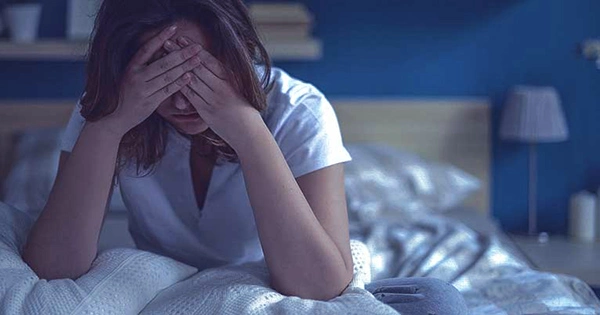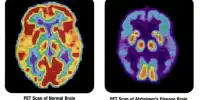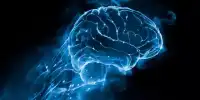Pain is a remarkably difficult phenomenon to quantify given that almost everyone on the planet feels it.
According to Roco de la Vega, a psychology researcher at the Biomedical Research Institute of Málaga and University of Málaga in Spain, “pain is what we call a biopsychosocial experience.” That is to say, according to her, “it has elements that have to do with our bodies, our brains, and [there is] also a social dimension.”
The International Association for the Study of Pain, or IASP, updated their definition of pain in 2020 to be “an unpleasant sensory and emotional experience associated with, or approximating, existing or probable tissue damage.” This proves that there is in fact an objective definition of pain.
There are a few issues with the description, as de la Vega pointed out. Certain pain isn’t even related to tissue injury; in some cases, it might even be felt in nonexistent tissue. The etiology of nociplastic pain is unknown, nerve injury is the cause of neuropathic pain, some pain is psychological, and chronic pain is occasionally little more than a crapshoot.
De la Vega stated that “[with] chronic pain… [our brain] keeps telling us something’s wrong, although a lot of the time there is no tissue damage or danger.”
Although she insisted that the pain was genuine and that “it aches, it’s real,” “other things are at play, and more complicated, multidisciplinary therapies are needed to tackle it,”
Therefore, it’s possible that the official definition isn’t very helpful—but maybe that’s not surprising. Pain, after all, is a deeply individualized sensation that is famously challenging to communicate to others. That’s the social dimension, according to de la Vega. People who struggle to have their sorrow acknowledged, as well as how we share our pain with one another.
Of course, the body goes through obvious physical reactions and processes to produce what we perceive as pain.
According to Jessi Cucinello-Ragland, a researcher at Louisiana State University’s Department of Physiology who focuses on pain and addiction, at that point, “specific pain receptors, called nociceptors… send an electrical signal to your spinal cord and up to your brain.” The signal is received by several distinct brain areas, which then interact to recognize that you are in pain.
However, as we’ve seen, nociception—a purely sensory reaction to tissue damage—isn’t the complete picture. According to Cucinello-Ragland, “there are psychosocial aspects to pain… that shape each person’s individual subjective pain experience.” Then, they said, “pain is both your neurological system’s response and your subjective response.”
Finding evidence for an effect and understanding it are very different processes, and Daguet stated that there are “various ideas that might be provided” as to why there is a circadian regularity of pain perception.
According to her, “I personally think that there could be a relationship with the fact that initially, we (as animals) needed to be more sensitive at night when we slept in order to wake up fast in case of a danger.”
Ironically, the rigor that made the study possible may be partially to blame for this ambiguity. De la Vega, who was not engaged in the study, stated that “I do sleep things too” and that “the results [from] polysomnography and things like that… normally don’t translate [in real life].”
Despite this, de la Vega remarked that the findings are not unexpected. She said, “[During] our circadian rhythm, various things happen to our body. One of these is the release of specific hormones at different times of the day; for example, cortisol is at its highest in the morning. thereafter, melatonin is released at night, which is what induces sleep in us. My wild guess would be that.
Cucinello-Ragland offered a comparable justification for the outcome. Given that cortisol is similarly regulated by the circadian cycle, they claimed, “it makes a lot of sense that pain can be managed on a circadian cycle.” Because cortisol levels are lowest at night, “patients frequently report worse pain during the night.”
They stated that reduced cortisol levels at night can exacerbate our discomfort since we aren’t able to take use of the anti-inflammatory effects of cortisol as well at night. “While cortisol is our go-to stress hormone, at normal levels it is also anti-inflammatory,” they said.
One important aspect of the real-world phenomenon that cannot be ignored while understanding it is our own cunning minds.
De la Vega said that “at night is typically the optimum time [for] ruminating.” We may think, “Oh sure, my knee hurts. Is it just from turning a little, or do I have something wrong with my knee? Oh my god, yeah, I remember my second cousin. We thought she was fine, and then she developed this condition, requiring surgery. I’ll look it up on Google, but by the time you do, you’re essentially already dead.
She explained that since humans are typically less exposed to stimuli at night and in the darkness, pain may become a more acute stimulus. “We feel it more strongly and pay more attention to it.”
















